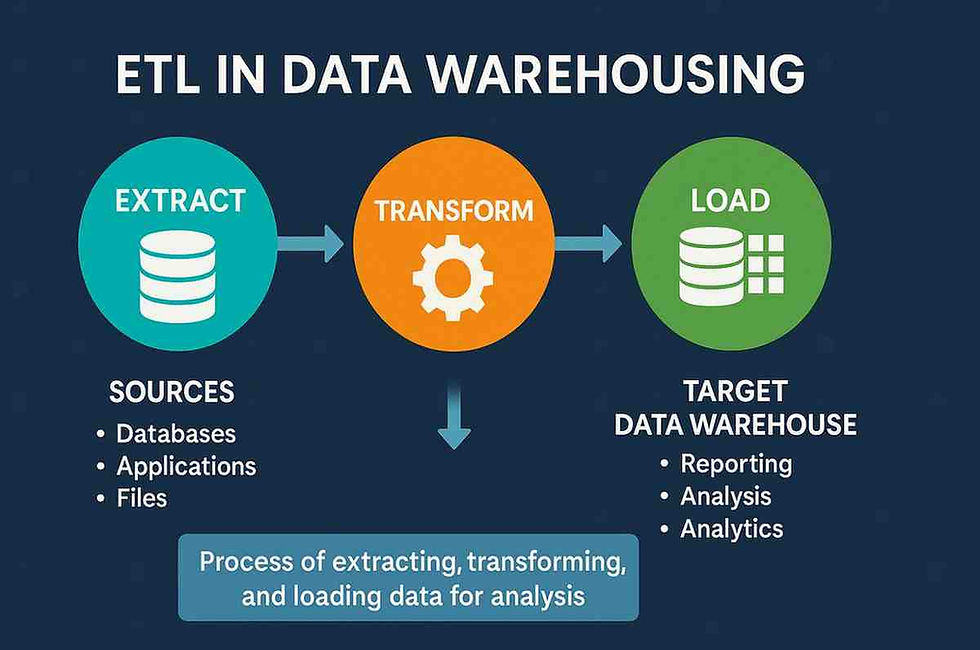Optimize Regression Testing Metrics with Automation
- Gunashree RS
- Dec 5, 2024
- 4 min read
Regression testing metrics are essential for ensuring software quality in agile and DevOps environments. These metrics help organizations measure the efficiency and effectiveness of their testing processes, identify improvement areas, and maintain the reliability of software applications.
In this comprehensive guide, we’ll explore the critical metrics for regression testing, their role in quality assurance (QA), and how modern automation tools like Devzery simplify metrics tracking while driving efficiency.
Introduction
Software regression testing ensures that new updates do not inadvertently break existing functionalities. While its importance is undisputed, organizations often struggle with defining, tracking, and interpreting regression testing metrics.
Misunderstanding these metrics can lead to inefficiencies, delays, and higher costs.
By leveraging AI-driven solutions like Devzery, organizations can simplify metrics tracking, integrate insights into CI/CD workflows, and achieve scalable quality assurance. Let’s dive deeper into the world of regression testing metrics and how automation revolutionizes them.

Why Metrics Matter in Regression Testing
The Role of Metrics in Quality Assurance
Metrics provide measurable insights into the performance of QA processes. They:
Guide decisions about test effectiveness and coverage.
Help prioritize areas needing improvement.
Ensure seamless integration into CI/CD pipelines, enabling continuous testing and faster releases.
Effective metrics tracking enables QA teams to identify bottlenecks early, ensuring that software quality remains uncompromised throughout development cycles.
The Pitfalls of Misunderstanding Metrics
Misguided reliance on irrelevant or incomplete metrics can derail QA efforts. For example:
Overemphasis on execution time without considering defect detection rates may lead to incomplete tests.
Tracking superficial metrics can mask underlying quality issues.
Impact on Enterprises:
Data silos create inefficiencies in communication between teams.
Manual tracking introduces errors, leading to skewed reporting and misaligned priorities.
The Solution:Automation platforms like Devzery eliminate these pitfalls by providing accurate, actionable insights and ensuring alignment across QA processes.
Key Regression Testing Metrics to Track
1. Test Coverage
Definition: Test coverage measures how much of the application’s codebase or functionality is tested during regression testing.
Why It Matters:High test coverage ensures that all critical areas of the application are adequately tested, reducing the risk of bugs escaping into production.
How Devzery Helps:
Pinpoints coverage gaps with intuitive reporting dashboards.
Supports continuous coverage tracking to reflect changes in real-time.
With Devzery, teams can achieve 100% test coverage, ensuring comprehensive validation of their applications.
2. Defect Detection Rate
Definition: This metric tracks the percentage of defects identified during regression testing.
Importance:
Indicates the effectiveness of the testing process.
Helps QA teams focus on areas with recurring defects.
How Automation Enhances Accuracy:AI-powered tools like Devzery analyze historical defect data to prioritize critical test cases. This ensures that QA teams detect and address more defects early in the development cycle.
3. Test Execution Time
Definition: This metric measures the time taken to execute all regression tests.
Challenges in Manual Testing:
Lengthy execution times delay deployments.
Increased resource requirements make scaling challenging.
How Devzery Accelerates Testing:Codeless automation significantly reduces execution time by enabling parallel test runs.
4. Pass/Fail Rates and Trends
Definition: This metric tracks the percentage of tests that pass or fail during regression cycles.
Why It’s Important:
Identifies recurring failure patterns.
Helps teams proactively address potential issues before they escalate.
AI-Driven Predictive Insights:Devzery’s tools offer predictive analytics that highlights potential risks based on historical pass/fail trends, enabling QA teams to stay ahead of issues.
How Automation Redefines Metrics Tracking
Traditional vs. Automated Metric Collection
Manual Metric Collection:
Labor-intensive and prone to errors.
Limited scalability, especially for large enterprises.
Automated Metric Collection:
Real-time data collection eliminates delays.
Enhanced accuracy and scalability for complex projects.
Devzery’s Edge:Devzery’s AI-powered platform automates metrics tracking, offering QA teams centralized visibility into performance across all projects.
Using Metrics to Optimize CI/CD Pipelines
Integration of Metrics into CI/CD:Regression testing metrics provide actionable insights into pipeline performance, enabling teams to optimize build quality and reduce bottlenecks.
Metrics Tailored for Enterprises
Adapting Metrics for Large Teams
Enterprises with diverse teams often face challenges in aligning metrics across departments.
Key Challenges:
Data silos hinder effective communication.
Inconsistent metrics tracking across projects creates inefficiencies.
Devzery’s Solution:
Centralized dashboards provide a unified view of performance.
Scalable tools accommodate the needs of large, distributed teams.
Scaling Regression Testing Across Teams
For organizations managing multiple projects simultaneously, centralized reporting becomes crucial.
Benefits of Devzery’s Platform:
Simplified collaboration across cross-functional teams.
Real-time updates ensure alignment with agile workflows.
With Devzery, enterprises can maintain consistent quality assurance across all projects, regardless of scale.
Conclusion
Effective regression testing metrics are the foundation of successful quality assurance. By focusing on critical KPIs like test coverage, defect detection rate, execution time, and pass/fail trends, organizations can enhance their QA strategies and drive continuous improvement.
Devzery’s AI-powered tools redefine metrics tracking, making it seamless, scalable, and insightful. Ready to optimize your regression testing process? Explore Devzery’s solutions today.
FAQs
What are regression testing metrics?
Regression testing metrics measure the effectiveness and efficiency of testing processes to ensure software quality.
Which metrics should QA teams prioritize?
Key metrics include test coverage, defect detection rate, execution time, and pass/fail trends.
Can automation improve metric accuracy?
Yes, automated platforms like Devzery provide precise tracking and actionable insights.
How do metrics integrate with CI/CD workflows?
Metrics enhance pipeline performance by identifying bottlenecks and optimizing builds.
What challenges do enterprises face with regression testing metrics?
Common challenges include data silos, irrelevant metrics, and scalability, all of which are addressed by Devzery.
How does Devzery simplify metrics tracking?
Devzery’s codeless, AI-driven tools automate tracking, providing real-time insights and centralized reporting.
What makes Devzery’s tools unique?
Devzery combines scalability, simplicity, and predictive insights to revolutionize regression testing.
Can regression testing metrics be customized for different projects?
Absolutely! Devzery’s platform allows teams to tailor metrics to specific project requirements.
Key Takeaways
Regression testing metrics are crucial for measuring QA effectiveness.
Key metrics include test coverage, defect detection rate, execution time, and pass/fail trends.
Automation eliminates manual inefficiencies, ensuring accurate, real-time data.
Devzery’s AI-powered tools simplify metrics tracking, enabling scalable quality assurance for enterprises.




Comments